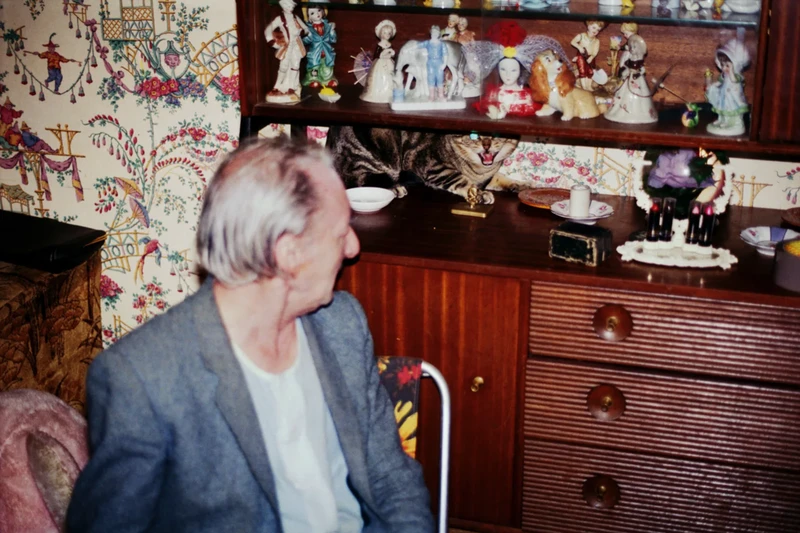Don't Look Back
24 Sep-26 Oct 2025
PV 26 Sep 2025, 6-8pm


Unit presents Don’t Look Back, an energetic, multi-layered exhibition that channels the raw creative drive of the 1990s and early 2000s – an era defined by bold, irreverent gestures – into today’s world.
In a time marked by uncertainty and cultural pause, that same urgency feels vital now, with Don’t Look Back tapping into a renewed impulse to make, to gather and to act. Through painting, sculpture, performance and installation, the exhibition brings together a cross-generational group of artists whose work captures the restless momentum of collective creativity.
Curated by Beth Greenacre and Sigrid Kirk, the exhibition re-examines the ‘90s & Noughties through a contemporary lens – one that is more inclusive, diverse, and alive with possibility. Don’t Look Back celebrates the vitality, grit and humour found across different communities at that time, and how that spirit continues to evolve in its embrace of queer voices, powerful female identities and broader expressions of individuality that stretch far beyond the laddish narratives often attached to the period.
The curators note, “With Don’t Look Back, we set out to create a defining cultural moment that reflects on the evolving legacies of the 1990s and 2000s while looking decisively forward. Staged like a multi‐gig event, it rips up the rulebook on what an exhibition can be, reimagining that era’s defiance through today’s expansive artistic expressions. It avoids nostalgia for nostalgia’s sake, instead foregrounding experimentation, humour, and the idea of a living legacy.”
At the time, artists like Sarah Lucas, Tracey Emin, Richard Billingham and Gavin Turk pushed boundaries in visual art, confronting norms with playful irreverence and raw honesty. While this convergence of art and music was quickly courted by New Labour’s “Cool Britannia,” it also sowed seeds of defiance and DIY experimentation that artists continue to build on today. Don’t Look Back questions how these legacies endure, reimagined through more intersectional and inclusive lenses.
The exhibition structure reflects the charged atmosphere of a live gig, with audiences moving through spaces that echo the momentum of a live performance, from grassroots creativity and the collective energy of shared space, to slower, more introspective works that speak to desire, fragility, and the deeply personal stakes of artistic production.